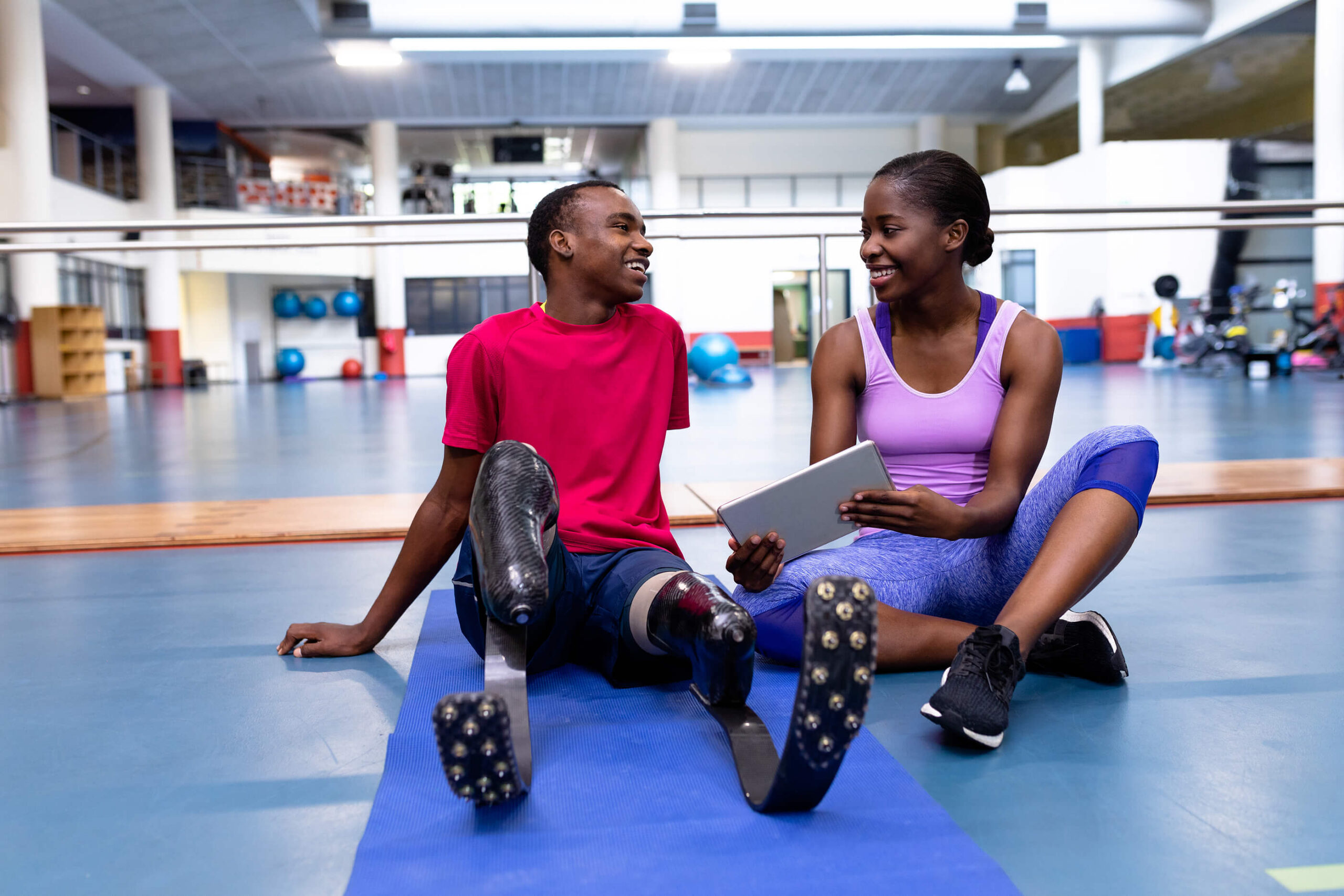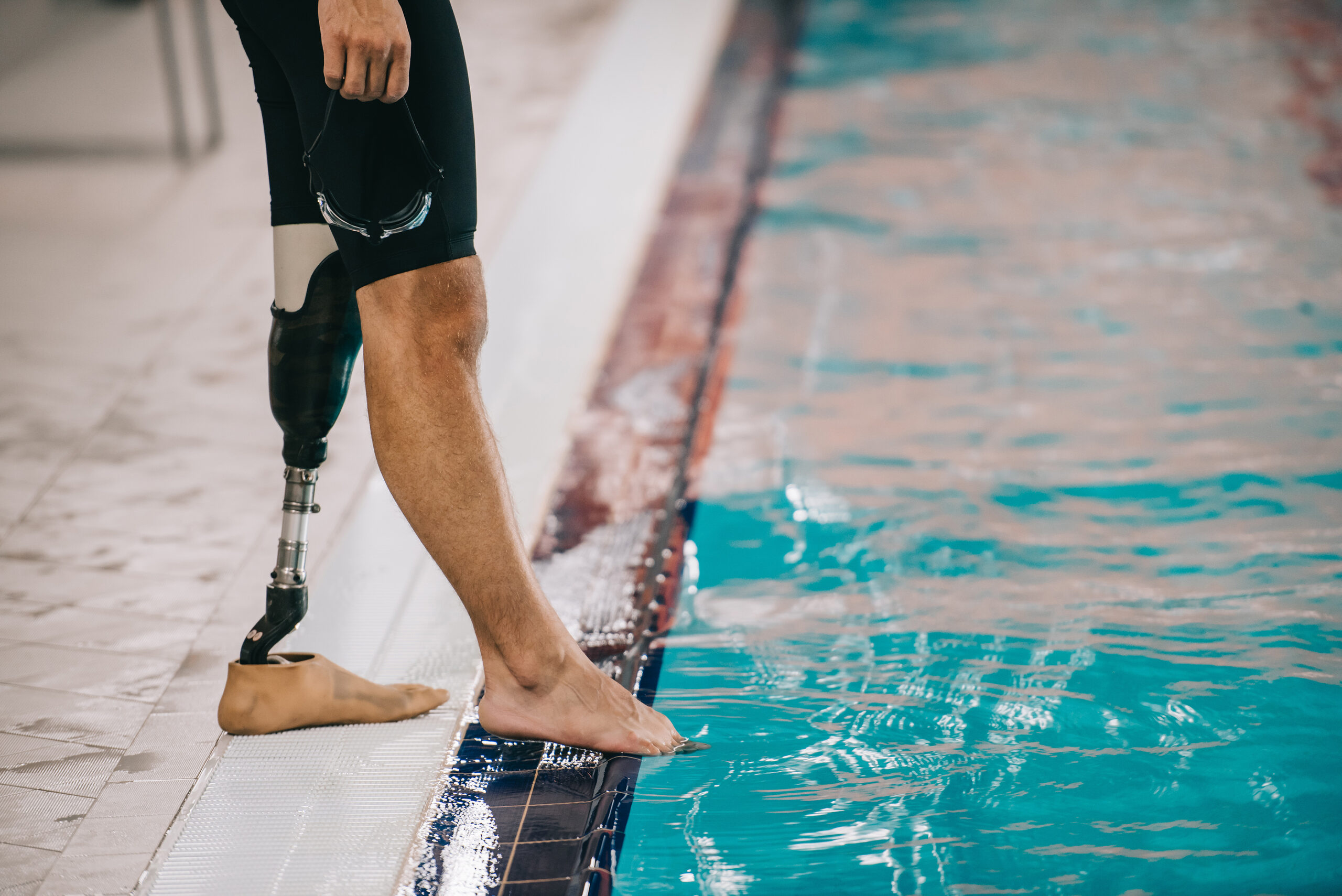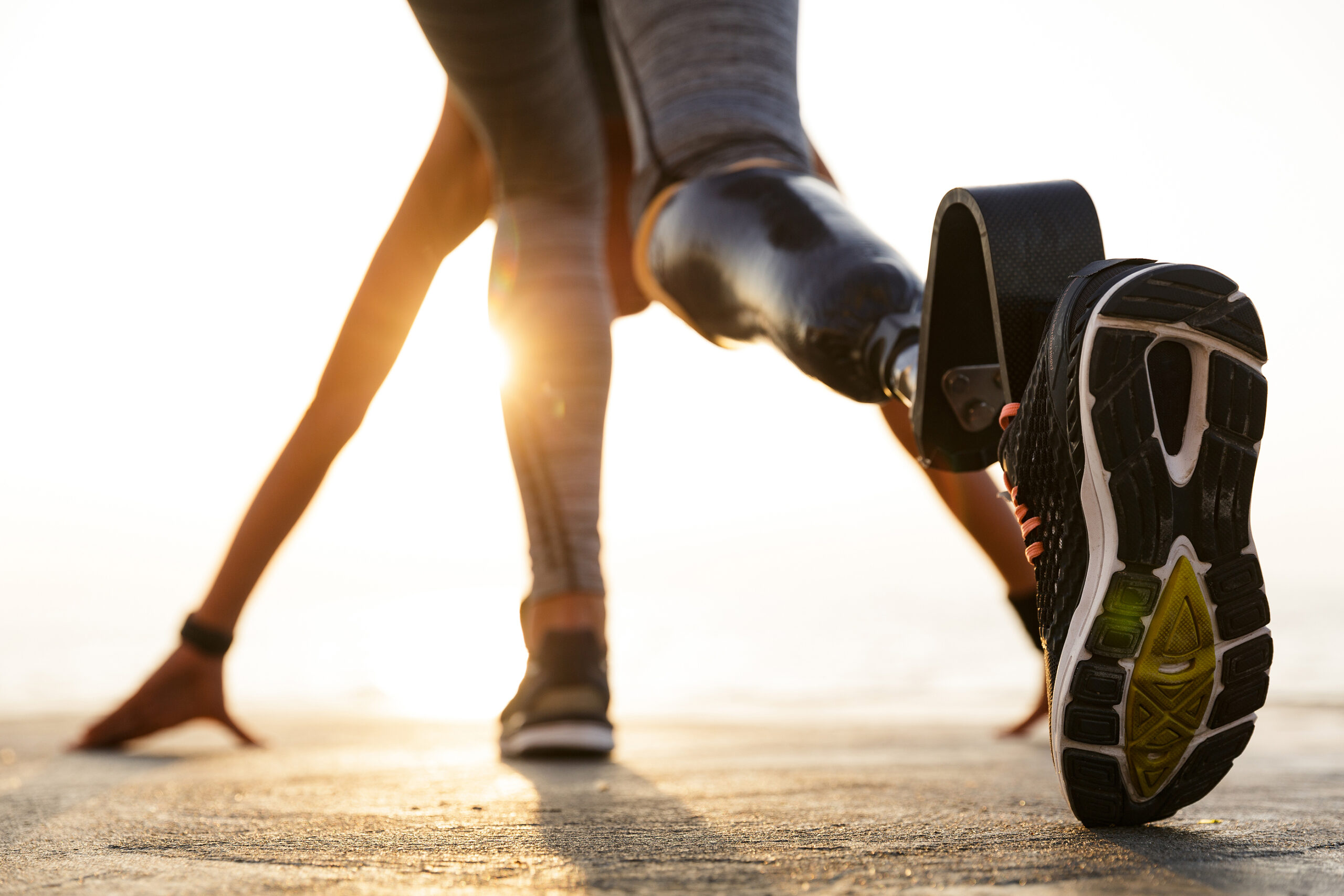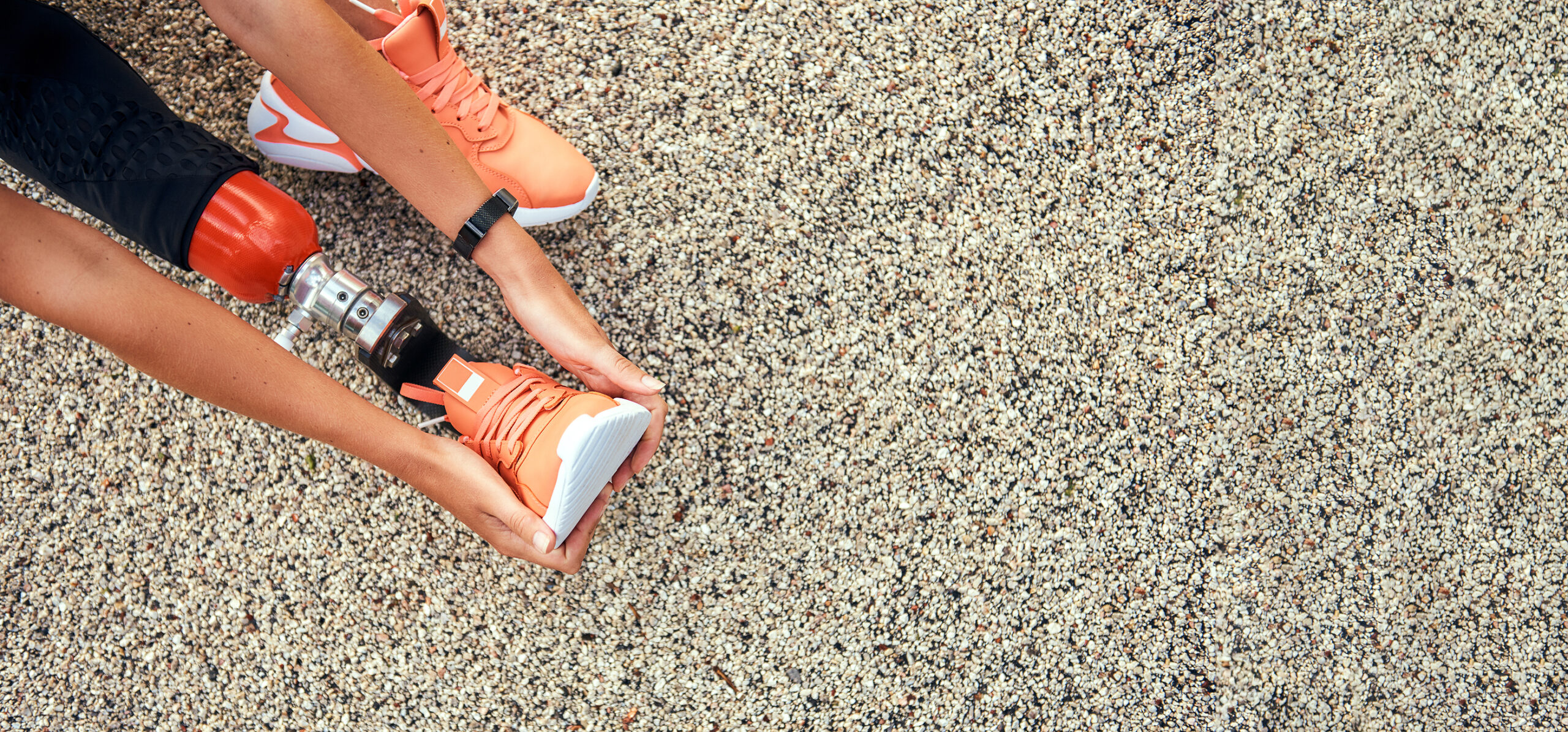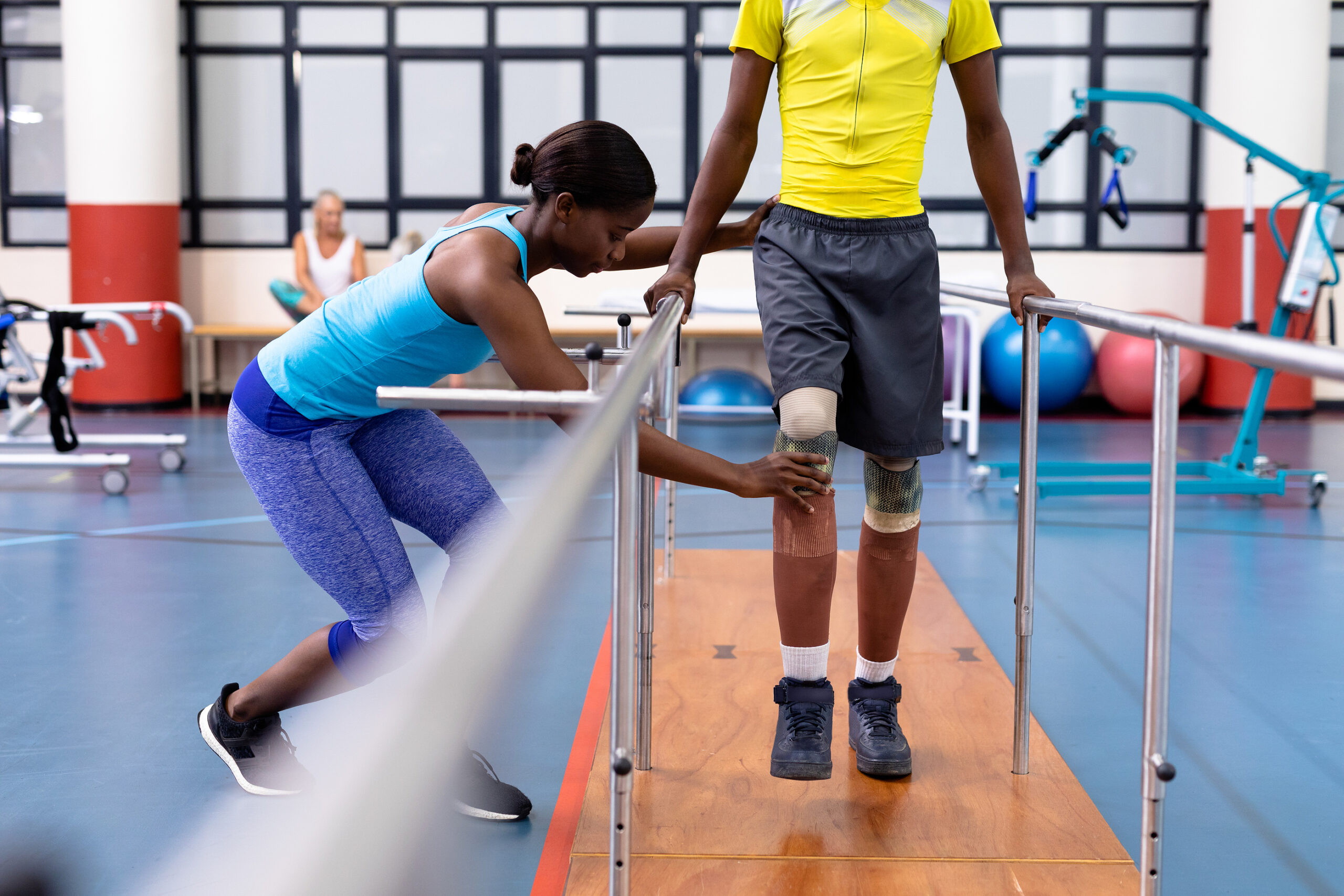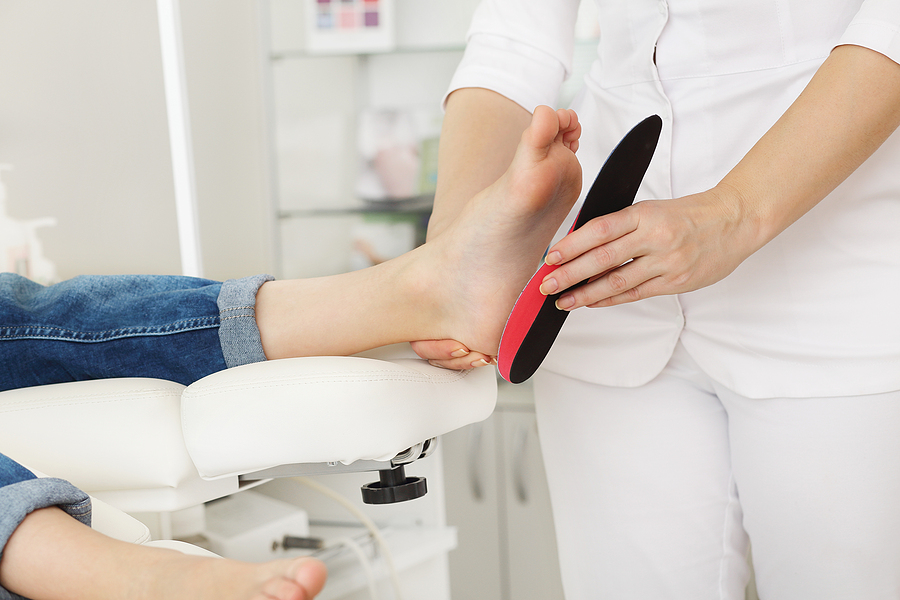If you or someone you know has undergone a leg amputation, a leg prosthesis can be a life-changing device that improves mobility, physical comfort, and even social confidence for individuals self-conscious about their missing limb. The choice of adopting a leg prosthesis is a personal one, and that choice may be affected by your current leg condition, your mobility goals, and your willingness to undergo physical therapy, among other factors. While the process of getting fitted and acclimated to a prosthetic leg requires a commitment to a long period of adjustment and rehabilitation, this device could ultimately reward you with mobility you might have thought you would never regain. Here’s a quick overview of your prosthetic leg options, as well as what to expect when choosing and getting fitted for your device.
Two Common Prosthetic Leg Types
When seeking a leg prosthesis, the prosthesis options available to you will depend on whether the amputation occurs above or below the knee. Here’s a quick comparison of these two prosthesis types:
- Transtibial: This prosthesis attaches below the knee. This is a simpler prosthetic design since the prosthesis does not need to provide the range of motion or function of the knee joint. It also involves a less intensive rehabilitation process.
- Transfemoral: Also known as an above-the-knee prosthesis, this is a more complex design that will involve a more intensive fitting and rehabilitation process. While the design itself must incorporate the range of motion of the knee joint, users will also need to learn how to manipulate the knee joint through their own hip motion, making this a much more challenging prosthetic to adapt to. Use and comfort with this prosthetic are also more dependent on a precise socket fit where the prosthesis attaches to the leg.
Benefits of Adopting a Prosthetic Leg Above-Knee Design
Despite the challenges of getting fitted for and adjusting to an above-the-knee prosthetic, this is the only option for individuals who have undergone an above-the-knee amputation and want to regain some of their mobility. The learning curve involved with this prosthetic can also lead to the following benefits:
- Regained mobility. Users may be able to walk more easily with a crutch or cane. In some cases, the above-the-knee prosthetic may allow for movement without any additional aids.
- Improved health through the back, hip, and leg. A prosthetic leg enables better weight distribution and balance, which can improve the health of your body over time and help you avoid back hip or other issues.
- Greater independence. A prosthetic leg makes you less reliant on crutches, canes, and/or the help of others when moving around on your own.
- Better stability when standing. If you are bumped or step onto a slippery surface, a prosthetic leg can improve your stability and keep you upright.
- Improved confidence or comfort in social situations. If you are someone who has experienced social anxiety or other mental health issues resulting from a loss of mobility, a prosthetic can alleviate those personal struggles.
Considerations When Choosing an Above-Knee Prosthesis
When you’re ready to make the transition to a prosthetic leg, you will need to consult a care team comprising a prosthetist and possibly physical therapists and doctors to make sure your device is designed to meet your preferences and needs. Here’s a look at the important specifications and features to pay attention to when planning out your prosthetic device:
- Material weight. As the prosthetist plans out your above-the-knee prosthetic leg, make sure they’re using the most lightweight materials possible. A heavier leg could make it more difficult to operate this device and could lead to additional struggles and physical challenges over time.
- The overall fit of the socket joint. Make sure you get an accurate molding of the socket to ensure a snug fit. You should be clear about your level of comfort when trying out these sockets to make sure the prosthetist knows whether it is creating discomfort, over-applying pressure in certain locations, feels loose or is sparking any other cause for concern.
- The suspension system of the leg. Different above-the-knee prostheses will use different suspension systems to hold the leg in its place. You might find certain systems uncomfortable or less preferable, and want to try out different options. Make sure you’re satisfied with the system you choose in this design process.
How to Successfully Transition to a Prosthetic Leg
Getting fitted for a prosthetic is a crucial step, but it’s only part of the process required to make sure you successfully adopt this new device. Here are some tips to make this transition as smooth as possible:
- Be vocal about discomfort or other issues you are facing. While some of this discomfort may simply be part of the adjustment process, other issues may be a sign of problems that won’t go away—and may get worse over time. Advocate for yourself by speaking up early and often.
- Pay attention to the process of putting on and removing the prosthetic. The fit of this attachment will affect your mobility and comfort. A prosthetist will show you the proper steps for properly using this device.
- Commit to rehabilitation. Because of its complex design, an above-the-knee prosthetic can require a lengthy and intensive rehabilitation process. Make sure you stick to rehab to fully utilize this prosthetic and its benefits.
Ready to take the first step toward improved mobility and independence? Talk to your doctor or physical therapist today about your desire to get fitted with a prosthetic leg.




